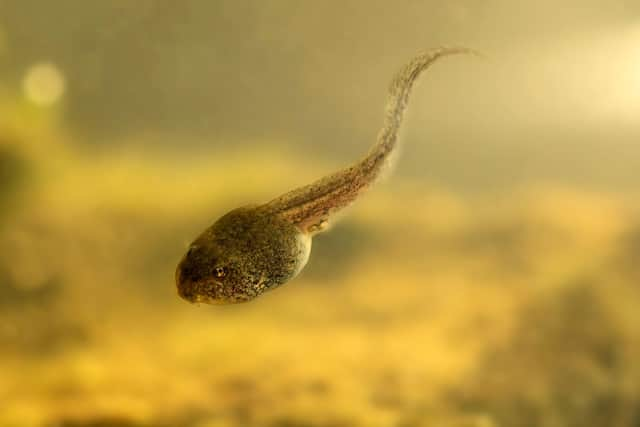Portsmouth scientists discover new genetic disease - by using tadpoles
and live on Freeview channel 276
An international team of researchers from the universities of Portsmouth, Southampton and Copenhagen found changes in a protein coding gene caused the rare illness.
The scientists used cells from tadpoles to mimic the gene called glutamate ionotropic receptor AMPA Type Subunit 1 (GRIA1) to show these changes were the cause of the behaviour-altering disease.


Advertisement
Hide AdAdvertisement
Hide AdStudy co-author Professor Matt Guille, of the University of Portsmouth, said: ‘Next generation DNA sequencing is transforming our ability to make new diagnoses and discover new genetic causes of rare disorders.
‘The main bottleneck in providing diagnoses for these patients is linking a change discovered in their genome firmly to their disease.
‘Making the suspect genetic change in tadpoles allows us to test whether it causes the same illness in humans.
‘The resulting data allow us to support our colleagues in providing the more timely, accurate diagnosis that patients and their families so desperately need.’
Advertisement
Hide AdAdvertisement
Hide AdDr Annie Goodwin, research fellow at Portsmouth and co-author of the study published in the American Journal Of Human Genetics, said: ‘This was a transformational piece of work for us.
‘The ability to analyse human-like behaviours in tadpoles with sufficient accuracy to detect genetic disease-linked changes opens the opportunity to help identify a huge range of diseases.
‘This is particularly important given that so many neurodevelopmental diseases are currently undiagnosed.’
The team said by identifying the variant which causes the disease, it would help clinicians develop interventions to help patients and their families and could also lead to screening and prenatal diagnosis.
